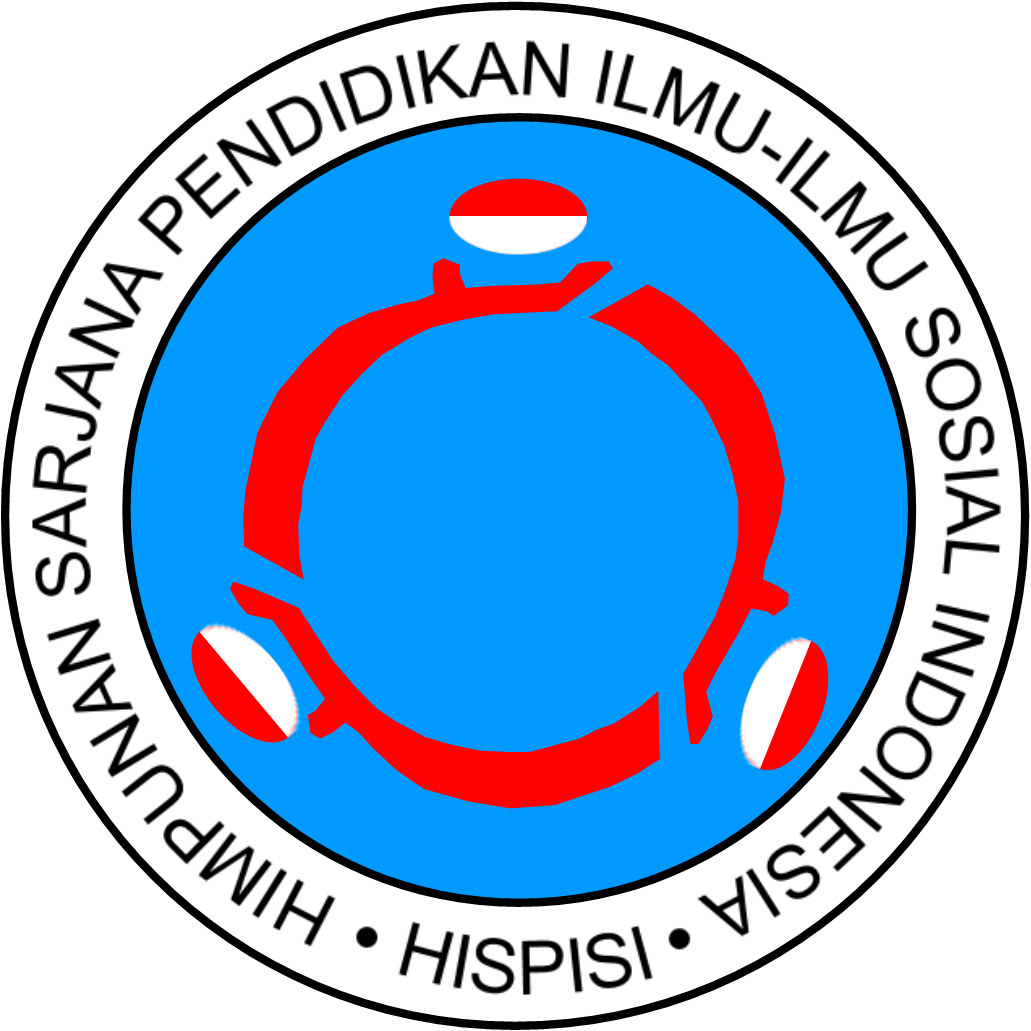Land Cover Classification in Coastal Environments Using SMILE k-NN and Sentinel-2A Imagery: A Case Study in Muara Gembong, Indonesia
Abstract
Keywords
Full Text:
PDFReferences
Alongi, D. M. (2008). Mangrove forests: resilience, protection from tsunamis, and responses to global climate change. Estuarine, Coastal and Shelf Science, 76(1), 1–13.
Campbell, J. B., & Wynne, R. H. (2011). Introduction to Remote Sensing (5th ed.). The Guilford Press.
Congalton, R. G. (1991). A review of assessing the accuracy of classifications of remotely sensed data. Remote Sensing of Environment, 37(1), 35–46. https://doi.org/10.1016/0034-4257(91)90048-B
Deng, Y., Wang, S., Bai, X., & Xiang, C. (2020). Land cover classification using machine learning algorithms: A case study in a coastal region of China. Remote Sensing, 12(3), 496. https://doi.org/10.3390/rs12030496
Foody, G. M., & Mathur, A. (2004). A relative evaluation of multiclass image classification by support vector machines. IEEE Transactions on Geoscience and Remote Sensing, 42(6), 1335–1343.
Gascon, F., Bouzinac, C., Thépaut, O., Jung, M., Schröder, M., & Valorge, C. (2017). Copernicus Sentinel-2A calibration and products validation status. Remote Sensing, 9(6), 584. https://doi.org/10.3390/rs9060584
Haifeng, L. (2018). Smile: Statistical Machine Intelligence and Learning Engine [Software library]. Retrieved from https://haifengl.github.io/
Jiang, L., Ma, L., & Yang, X. (2020). Land cover classification using improved KNN with spatial–spectral constraints in high-resolution imagery. Remote Sensing, 12(11), 1856.
Jensen, J. R. (2016). Introductory Digital Image Processing: A Remote Sensing Perspective (4th ed.). Pearson.
Kusmana, C. (2014). Mangrove management and rehabilitation in Indonesia: A review. Ocean & Coastal Management, 103, 62–71.
Li, M., Zhang, H., & Wang, R. (2021). Comparative evaluation of machine learning classifiers in remote sensing image classification for land cover mapping. Sensors, 21(7), 2257.
Lillesand, T. M., Kiefer, R. W., & Chipman, J. W. (2015). Remote Sensing and Image Interpretation (7th ed.). Wiley.
McGranahan, G., Balk, D., & Anderson, B. (2005). The rising tide: assessing the risks of climate change and human settlements in low elevation coastal zones. Environment and Urbanization, 19(1), 17–37.
Peterson, J. T., et al. (2009). A comparison of classification techniques to predict habitat suitability for a rare forest-dwelling species using remote sensing and GIS. Ecological Modelling, 220(7), 1211–1220.
Rahmawati, A., Baiquni, M., & Winarso, H. (2017). Spatial dynamics and ecological crisis in North Coast of Java. Journal of Regional and City Planning, 28(1), 1–12.
Setiawan, Y., Imanda, I. D., & Sibarani, M. C. (2020). Land cover change and mangrove ecosystem degradation in Muara Gembong, Indonesia. IOP Conference Series: Earth and Environmental Science, 599, 012062.
Zhao, W., & Du, S. (2016). Learning multiscale and deep representations for classifying remotely sensed imagery. ISPRS Journal of Photogrammetry and Remote Sensing, 113, 155–165. https://doi.org/10.1016/j.isprsjprs.2016.01.004
DOI: https://doi.org/10.17509/jpis.v34i1.84434
Refbacks
Copyright (c) 2025 Universitas Pendidikan Indonesia (UPI)

This work is licensed under a Creative Commons Attribution-ShareAlike 4.0 International License.















